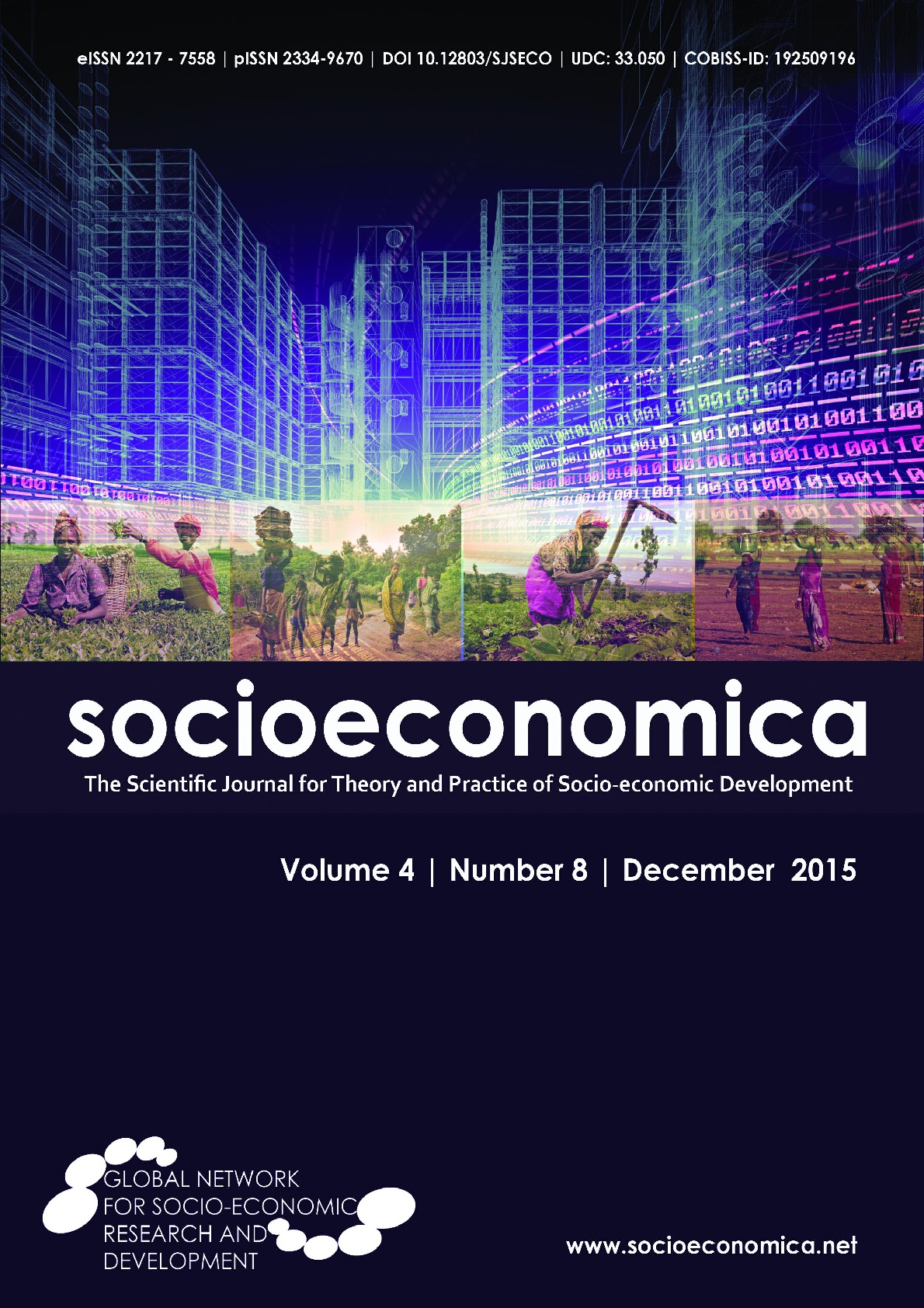Growth Incidence Analysis Of Nonmonetary Welfare In Urban And Rural Nigeria
Growth Incidence Analysis Of Nonmonetary Welfare In Urban And Rural Nigeria
Author(s): Abayomi Samuel OyekaleSubject(s): Business Economy / Management, Economic policy, Demography and human biology, Economic development, Transformation Period (1990 - 2010), Socio-Economic Research
Published by: Naučno društvo za promociju i unapređenje društvenih nauka AKROASIS
Keywords: non-income; pro-poor growth; growth incidence analysis; Nigeria;
Summary/Abstract: Poverty in Nigeria is multidimensional and pervasive. The mandates of the Millennium Development Goals (MDGs) require adequate effort by government in order to ensure some progress in vital indicators of development. This study assessed asset poverty in Nigeria by evaluating the extent of its pro-poorness and the major drivers of its inequality. The Demographic and Health Survey data for 1999, 2003 and 2008 were used. The factor analysis method was used to construct asset indices for each household, which were later subjected to descriptive and growth incidence analysis. Although the growth incidence graphs for 1999/2003 and 2003/2008 indicate pro-poorness in the growth of asset indices, the descriptive analysis points to the fact that access to basic social amenities like improved water, sanitation and electricity is still low, and in most cases declined between 1999 and 2008. Urban poor were more deprived than their rural counterparts in access to some basic amenities. It was recommended that efforts to address poverty in Nigeria should focus on ensuring better access to education by the poor and ensuring enforcement of existing laws in respect to basic sanitation, among others.
Journal: Socioeconomica - Naučni časopis za teoriju i praksu društveno-ekonomskog razvoja
- Issue Year: 4/2015
- Issue No: 8
- Page Range: 349-360
- Page Count: 12
- Language: English

